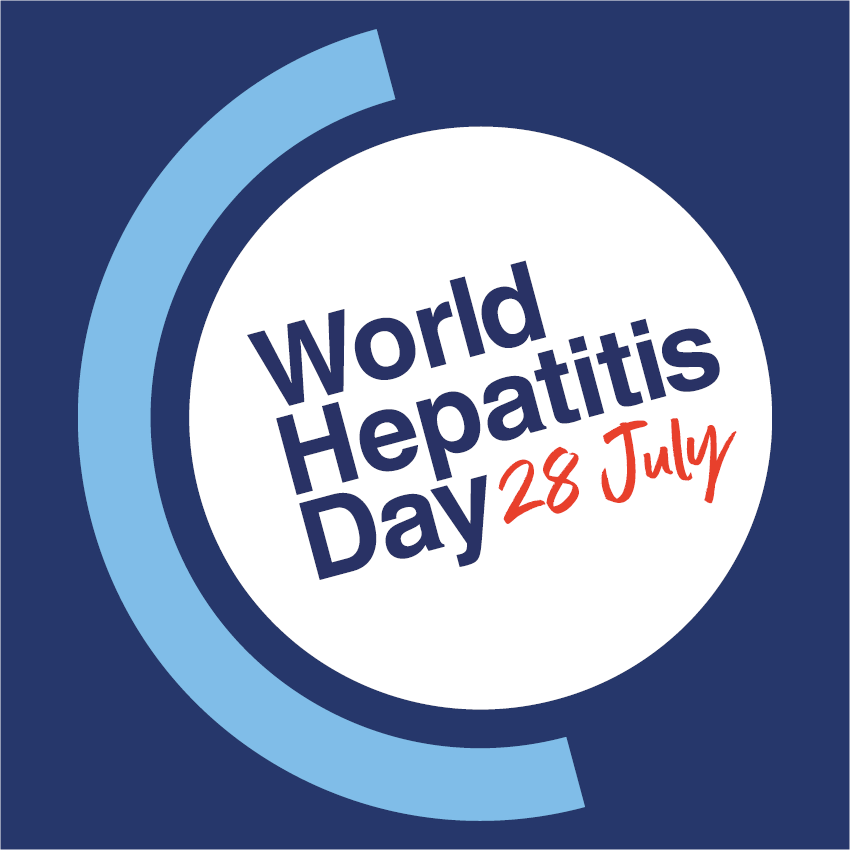Eyes and sun
.webp)
How to protect your eyes in the summer?
Summer brings with it not only joy and opportunities for outdoor recreation, but also significant risks to eye health. Prolonged exposure to the sun, contact with chlorinated and salt water, as well as an increased incidence of injuries and allergies, require attention and appropriate vision protection measures. Dr. Ekaterina Petrova, ophthalmologist at MC Heilan Care shares tips on how to protect your eyes from the undesirable effects of the long-awaited summer season.
1. Influence of ultraviolet (UV) rays
Ultraviolet (UV) rays emitted by the sun represent an invisiblepart of the spectrum of sunlight. Although invisible to the human eye, they can have a serious impact on the health of our eyes.
There are three main types of ultraviolet rays:
UV-A:Penetrate deep into the eye tissue, and although they do not cause momentary deterioration of vision or eye irritation, their effect causes cumulative damage to the eyes and skin after years, expressed in the development of cataracts, macular degeneration and various tumor formations on the eyelids and conjunctivitis;
UV-B:More energetic than UV-A rays, they can cause acute damage to the surface of the eye, such as photo-keratitis (inflammation of the cornea), profuse lacrimation, irritation and burning in the eyes, decreased vision, etc. ;
UV:These are the most dangerous rays, which are almost completely absorbed by the ozone layer and do not reach the earth's surface under normal climatic conditions.
To reduce the risk of these damages, choose glasses that block 100% of UV rays and use sunscreen in the eye and face area with SPF 50. It is important to note that not only sunglasses, but also dioptric glasses and contact lenses can have quality UV protection and must be properly selected. It is good to choose glasses with tight-fitting frames that prevent the penetration of side rays, as well as polarization for driving in order to reduce glare from reflective surfaces.
These measures apply particularly strongly to children, since the high transparency of the ocular environments and the wider pupil in children, allow greater amounts of sunlight and, consequently, UV rays to the eyes. Another risk group is the elderly, in whom it has been proven that with age the natural UV filters of the biological eye lens undergo changes and begin to let in a greater amount of harmful rays.
In order to better inform the public about the levels of UV radiation, the so-called “UV” has been created. UV index. This is an international measure that indicates the level of ultraviolet radiation on the earth's surface. It ranges from 1 (low) to 11+ (extremely high), with higher values indicating a greater risk of skin and eye damage. The UV index was created to help people plan their outdoor activity and take measures to protect against UV radiation. You can monitor the daily levels of UV radiation on the territory of Bulgaria on Bulgaria UV map (bas.bg).
2. Staring at the sun
We all remember the smoky windows through which we watched the solar eclipses years ago. But does this method provide sufficient protection for our eyes, and what damage can be obtained when staring at the sun for a long time, and not only during a solar eclipse? The short answer is that any prolonged viewing of the sun carries the risk of developing so-called solar retinopathy. This is damage to the retina, most often in the area of the macula, which occurs due to direct exposure to ultraviolet and visible light from the sun. These rays cause photochemical reactions in the retina that lead to damage to the photoreceptors. Mild degrees of the disease are expressed in profuse lacrimation, slightly blurred vision and the appearance of black spots in front of the eyes. With prolonged exposure to the sun, permanent and irreversible damage to the retina, decreased vision and scotomas can occur.
Experts recommend avoiding looking directly at the sun, especially with binoculars, telescopes and other magnifying devices that repeatedly increase the risk of developing solar retinopathy.
3. Influence of blue light
With the advancement of technology and the increased use of screens, the question of the impact of blue light on our health is becoming more and more relevant. It is naturally emitted by the sun, but it is also emitted by LEDs (LEDs) and fluorescent lamps, which are used in modern electronic devices. Prolonged exposure to blue light can lead to digital eye strain, which includes symptoms such as dryness, fatigue and pain in the eyes. In the long term, prolonged exposure of eye structures to blue light is associated with the development of macular degeneration. Its adverse effects on circadian rhythms and the central nervous system, expressed in insomnia and chronic headaches, have already been proven.
For patients at high risk of eye diseases and headaches, lenses with a yellow filter are recommended, which block harmful blue light and provide additional protection to the eye structures.
4. Water sports and eye protection
Swimming is a popular and particularly enjoyable summer activity, but salty sea water and chlorinated pools can cause eye irritation and infections. Chlorinated water, due to its chemical effect on the surface of the eye, can cause conjunctivitis, expressed in redness, severe burning, tingling and lacrimation.
The high pollution of publicly accessible pools and seawater, in turn, pose risks of developing bacterial and viral conjunctivitis, the most common is infection with staphylococci and adenoviruses. As preventive measures against the so-called “pool conjunctivitis”, it is recommended to apply artificial tears or rinse the eyes with water immediately before and after swimming, wear swimming goggles with UV protection and avoid the use of contact lenses and rubbing the eyes while swimming. With the appearance of redness, irritation in the eyes, sticking of the eyelids from copious discharge or pronounced lacrimation, seek consultation with an ophthalmologist and avoid self-medication.
5. Eye trauma in the summer
The summer season is saturated with active outdoor activities, sports, repair work and gardening, which leads to an increased risk of eye injuries. They can range from mild irritations to serious damage to the eyes and eyelids, the most common in the summer being mechanical injuries, foreign bodies, chemical and sunburns. Safety glasses are the most effective prevention against mechanical damage and should always be used in potentially hazardous activities. Gardening and even cleaning at home, on the other hand, carry risks of chemical burns and foreign body getting into the eyes, and also require attention and precautions. In case of an open injury, getting a foreign body or a chemical agent into the eyes, it is important to do a thorough flushing with clean water, and then immediately seek help from an ophthalmologist. It is not recommended to put a bandage on the eyes or use antibiotic and corticosteroid drops without a doctor's recommendation, since with an incorrect assessment, self-medication for eye injuries and burns can lead to serious complications.
6. Allergic reactions
Allergic conjunctivitis is an inflammation of the conjunctiva (the thin membrane that covers the eye and the inside of the eyelids), which can be triggered by various allergens. This type of eye allergies can occur at any time of the year, but are especially common in spring and summer due to higher levels of pollen and other allergens, dust, mold, and exposure to the sun and chlorinated water. Manifestations of allergic conjunctivitis can vary in strength from mild itching, sensitivity to light, irritation and redness of the eyes to blepharospasm, severe swelling of the eyes and eyelids, profuse lacrimation with severe redness and itching. Typical of this type of conjunctivitis is that it affects both eyes. Particularly susceptible are children who can develop so-called vernal conjunctivitis, requiring more serious treatment. The main methods of allergy prevention are avoiding exposure to allergens, for example by monitoring allergen levels, closing windows, frequent rinsing of the eyes with water, avoiding rubbing the eyes, and using antihistamine eye drops when needed. Moisturizing eye drops can reduce the feeling of dry eyes. For more severe symptoms, treatment by an ophthalmologist and consultation with an allergist is recommended.
7. Dry eye syndrome
The dry climate and excessive use of air conditioners in the summer season increase the cases of dry eye syndrome. Exposure to more sunlight, chemical agents and allergens can further enhance the sensation of burning, stroking and sand in the eyes. Moreover, chronic dry eye is a risk factor for more frequent development of conjunctivitis, especially when wearing contact lenses. To maintain healthy indoor humidity, it is recommended to use humidifiers while observing good hygiene and avoiding prolonged exposure to air conditioners. Regular and prolonged use of artificial tears and gels provide hydration to the eye surface and are key to maintaining eye health. If the symptoms of dry eye do not subside with the application of moisturizing drops and gels, seek an ophthalmologist for consultation.
Summer brings joy, sunshine and opportunities for recreation and various outdoor activities, but it also poses challenges to the health of our eyes. Compliance with basic precautions and eye hygiene, as well as regular check-ups by an ophthalmologist, are a sure way to enjoy good vision and eye health, which pays off in each season.
Dr. Ekaterina Petrova
You can make an appointment for an examination and consultation with Dr. Ekaterina Petrova by phone 0893 02 02 02 or on our website Dr. Ekaterina Petrova | Haеlan (haelan.bg)

.webp)
.webp)

